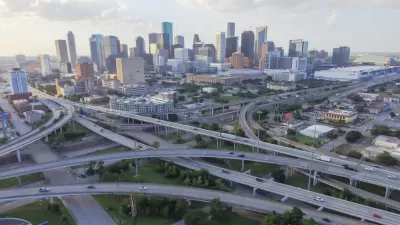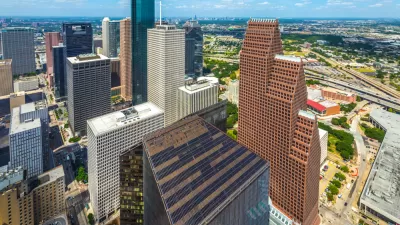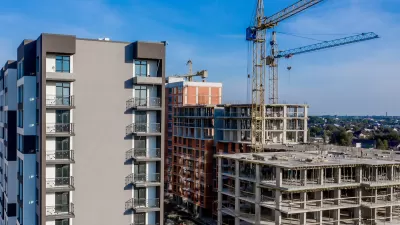Cities across this swath of the country have rapidly growing populations and economies. At the same time, Sun Belt cities are contending with a common host of urban issues that should not be overlooked.

"The U.S. population, like that in Charlotte, is growing, and much of the growth is in the cities of the Sun Belt. A report from the Kinder Institute for Urban Research says the country should be paying more attention to those Sun Belt cities — treating them as a specific genre that needs its own body of research," writes Mary Newsom.
The report notes that Sun Belt cities across the country, from Los Angeles to Miami, have seen both rapid population growth and demographic shifts. These metropolitan areas are also experiencing declines in housing affordability, increases in poverty levels, and the impacts of climate change. In addition, the auto-oriented development that characterizes Sun Belt metros is reflected in high pedestrian death rates and low transit ridership.
The report also highlights the lack of resources as a major challenge for these cities in addressing issues in the coming years. "In older cities, government and philanthropic institutions are go-to sources for problem-solving. But in Sun Belt cities, per-capita government spending is significantly lower, as are philanthropic resources," says Newsom.
FULL STORY: Charlotte and other Sun Belt cities are powering urban growth, but they have issues to tackle

Maui's Vacation Rental Debate Turns Ugly
Verbal attacks, misinformation campaigns and fistfights plague a high-stakes debate to convert thousands of vacation rentals into long-term housing.

Planetizen Federal Action Tracker
A weekly monitor of how Trump’s orders and actions are impacting planners and planning in America.

In Urban Planning, AI Prompting Could be the New Design Thinking
Creativity has long been key to great urban design. What if we see AI as our new creative partner?

King County Supportive Housing Program Offers Hope for Unhoused Residents
The county is taking a ‘Housing First’ approach that prioritizes getting people into housing, then offering wraparound supportive services.

Researchers Use AI to Get Clearer Picture of US Housing
Analysts are using artificial intelligence to supercharge their research by allowing them to comb through data faster. Though these AI tools can be error prone, they save time and housing researchers are optimistic about the future.

Making Shared Micromobility More Inclusive
Cities and shared mobility system operators can do more to include people with disabilities in planning and operations, per a new report.
Urban Design for Planners 1: Software Tools
This six-course series explores essential urban design concepts using open source software and equips planners with the tools they need to participate fully in the urban design process.
Planning for Universal Design
Learn the tools for implementing Universal Design in planning regulations.
planning NEXT
Appalachian Highlands Housing Partners
Mpact (founded as Rail~Volution)
City of Camden Redevelopment Agency
City of Astoria
City of Portland
City of Laramie





























